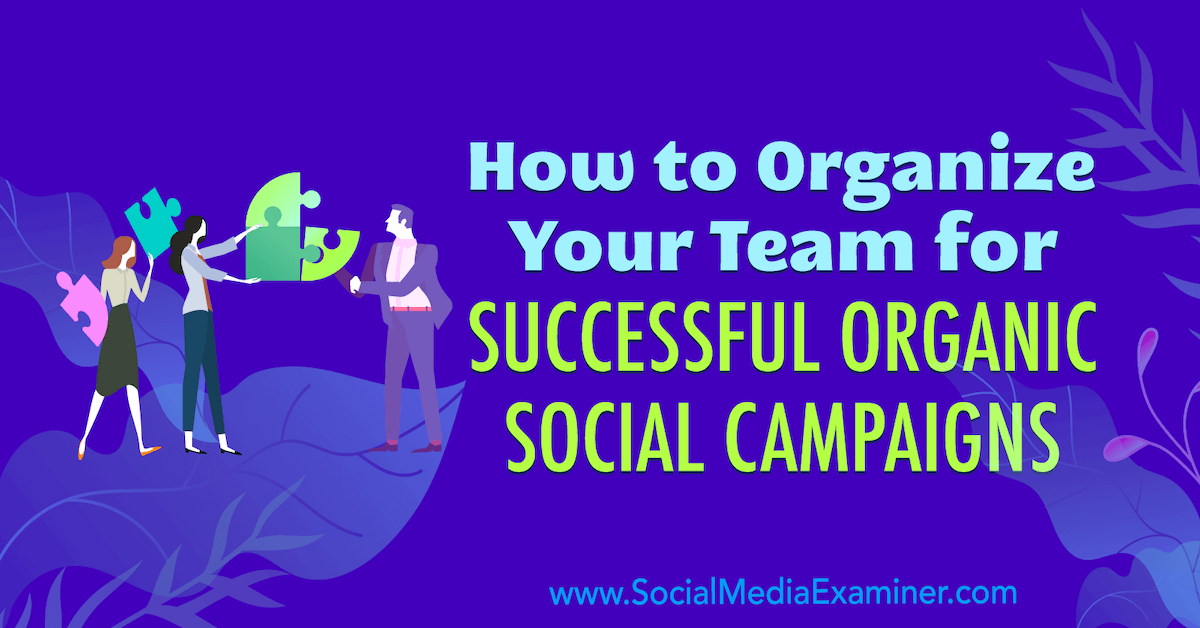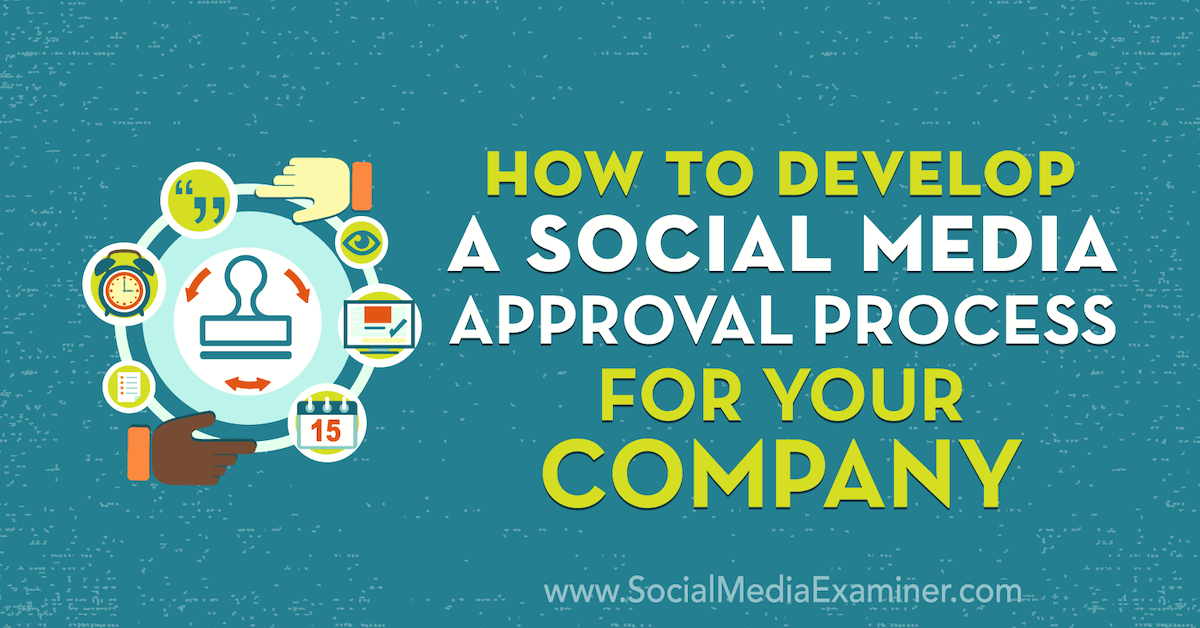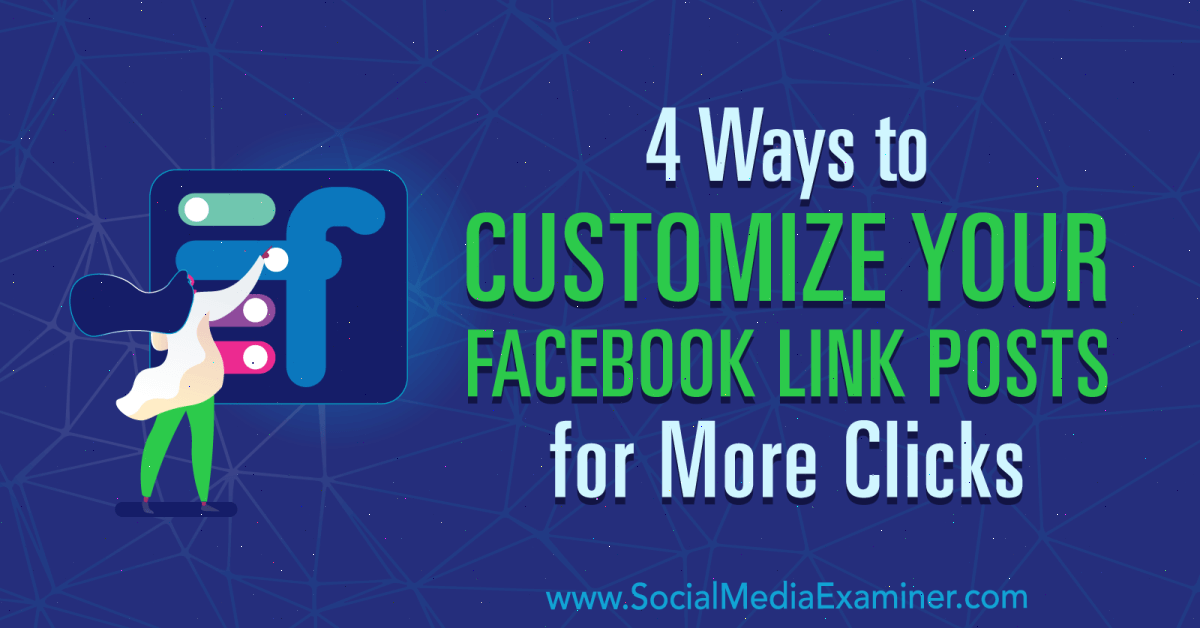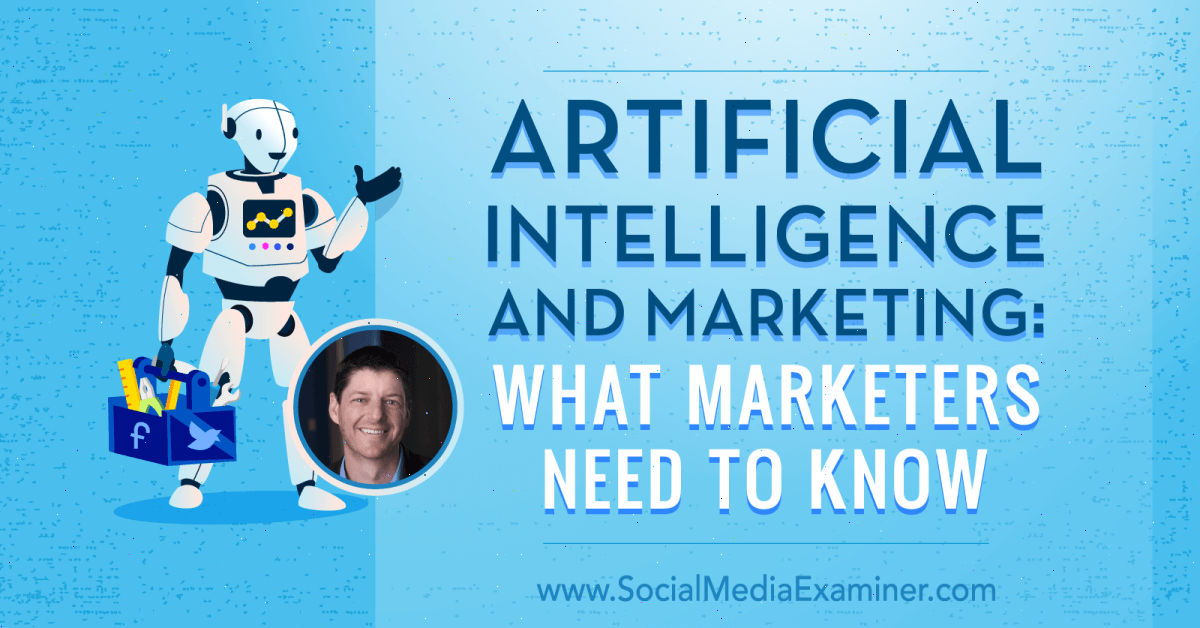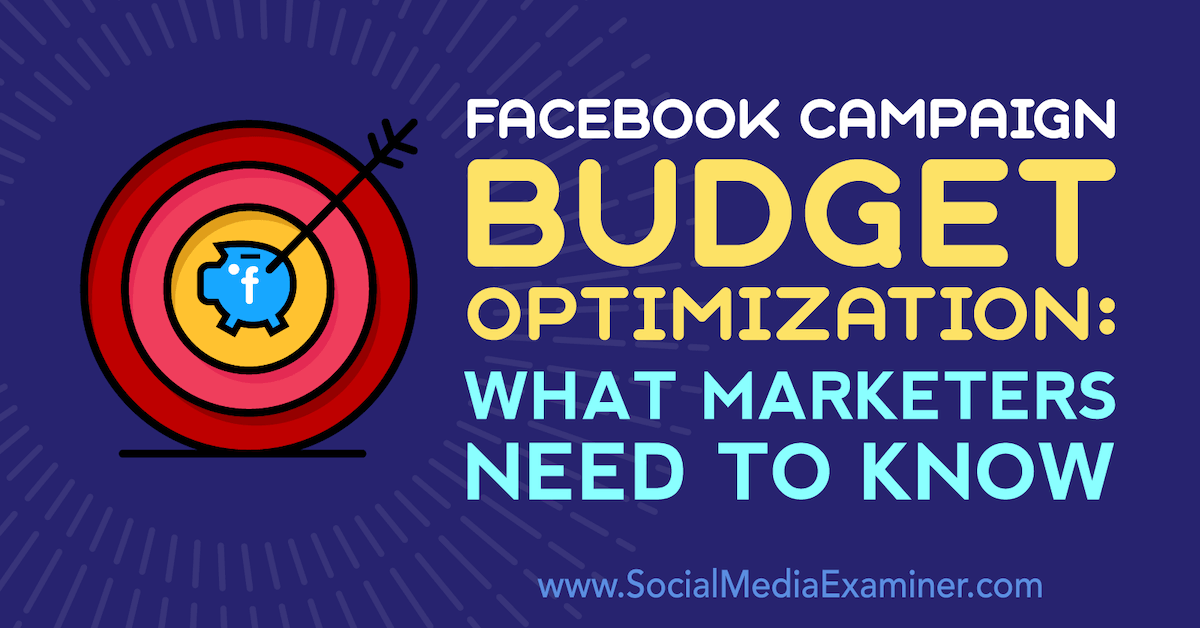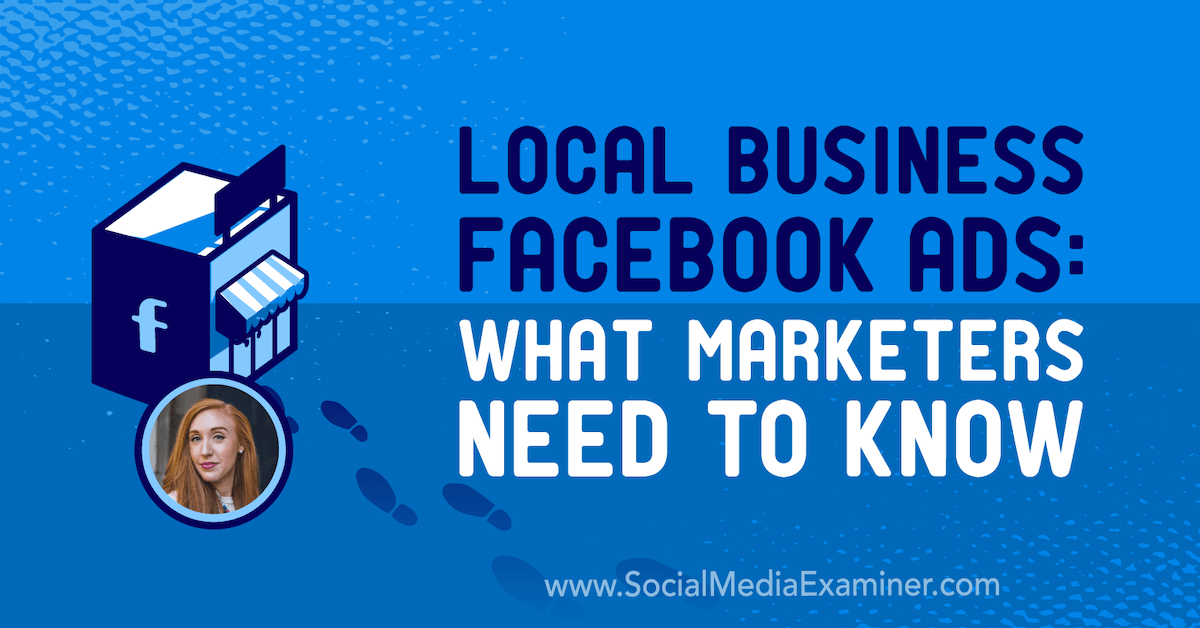ICYMI: Small businesses face mounting pressure to adapt to
data-driven decision-making to remain competitive. A data-driven culture is no
longer a luxury but a strategic necessity, enabling organizations to leverage
insights for improved decision-making, operational efficiency, and customer
satisfaction. However, transitioning to such a culture presents unique challenges,
particularly for small businesses with limited resources and expertise.
Small and mid-sized businesses (SMBs) often struggle with
barriers such as siloed data, lack of leadership buy-in, and insufficient employee data literacy. According to a Wavestone survey, over two-thirds of
executives cite cultural and organizational alignment as the primary obstacles
to becoming data-driven. These challenges underscore the need for innovative
solutions that go beyond traditional approaches.
One emerging solution is the integration of fractional
executives—seasoned professionals who provide part-time, high-level expertise.
Fractional executives bring a wealth of experience in navigating digital
transformation and fostering data-centric strategies, making them invaluable assets for SMBs. As highlighted in Technology Dispatch, fractional leadership
offers a cost-effective and flexible approach, enabling businesses to access
critical expertise without the financial burden of full-time executive roles.
Building a data-driven culture requires more than just
implementing advanced tools and technologies. It demands a fundamental shift in
mindset, operations, and leadership practices. Leaders must champion data
initiatives, democratize access to insights, and invest in employee data literacy training. According to Harvard Business Review, 87% of businesses
that successfully transitioned to a data-driven culture prioritized regular
training to empower their teams.
This report explores actionable strategies for small
businesses to build a robust data-driven culture, drawing lessons from the
practices of fractional executives. By examining the intersection of
leadership, technology, and organizational change, this report aims to provide
SMBs with a roadmap to harness the power of data for sustained growth and
innovation.
The Role of Leadership in Building a Data-Driven Culture
Leadership Commitment to Data-Driven Transformation
Leadership is pivotal in fostering a data-driven
culture, especially in small businesses with limited resources and organizational structures. Leaders must advocate for data-driven practices and actively participate in their implementation. Leadership
commitment ensures that data initiatives are prioritized and integrated into
the core business strategy. According to Velosio, a strong leadership commitment is one
of the foundational steps toward building a data-centric organization.
Leaders must allocate resources, such as investing in
AI-powered analytics platforms and training programs, to ensure that employees can effectively work with data. Furthermore, leadership commitment
involves setting clear expectations for data usage and holding teams
accountable for data-driven decision-making. This top-down approach helps
create a trickle-down effect, where employees view data as a critical asset
rather than an optional tool.
Empowering Teams Through Leadership
Leadership empowerment is essential for enabling teams to
embrace data-driven decision-making. Empowerment involves creating an
environment where employees feel confident using data and analytics tools to
test ideas, analyze outcomes, and iterate on strategies. As highlighted by LitsLink, leaders should encourage curiosity
and experimentation, which are vital for fostering innovation.
Small business leaders can empower their teams by providing
access to user-friendly analytics platforms and ensuring employees have
the necessary training to interpret data insights. Additionally, leaders must
reward data-driven successes to reinforce the importance of this approach. For
example, a small marketing agency could celebrate a team’s success using predictive analytics to improve campaign performance, motivating other
teams to adopt similar practices.
Fractional Executives and Their Impact on Leadership Dynamics
Fractional executives, who typically work part-time or on a
project basis, bring unique advantages to small businesses aiming to build a
data-driven culture. These leaders often come with specialized expertise in
data analytics, digital transformation, or strategic planning, making them
valuable assets for small businesses with limited internal capabilities.
According to Forbes, fractional executives can drive
significant value by focusing on key performance indicators (KPIs) and
integrating data-driven practices into the organizational framework.
However, the success of fractional executives depends on
clear communication and integration into the existing company culture. To ensure alignment with organizational goals, leaders must establish well-defined roles, responsibilities, and reporting structures for fractional executives.
Additionally, fractional executives should be empowered with the authority and
resources to implement data-driven initiatives effectively. This
approach mitigates the risk of fractional leadership being perceived as disconnected
or ineffective.
Building Trust in Data Through Leadership
One of the most significant challenges in creating a
data-driven culture is overcoming skepticism or resistance to data among
employees. Leaders play a critical role in building trust in data by
demonstrating its value through transparent decision-making and measurable
outcomes. As noted by Harvard Business Review, CEOs and other senior
leaders must lead by example by consistently using data to guide their
decisions.
Small business leaders can build trust in data by sharing
success stories and case studies highlighting data-driven decisions' positive impact. For instance, a small retailer could showcase how using
customer data analytics improved inventory management and increased sales. By making data success stories part of the organizational narrative,
leaders can help employees see the tangible benefits of data-driven practices.
Leadership's Role in Data Literacy and Skill Development
Data literacy is a cornerstone of a data-driven culture, and
leaders must prioritize skill development across all levels of the
organization. According to DataDrivenDaily, leaders must invest in
courses and training programs that teach employees how to interpret and act on
data insights. This is particularly important for small businesses, where
employees often wear multiple hats and may lack specialized skills in data analytics.
Leaders can promote data literacy by organizing workshops,
providing access to online learning platforms, and encouraging cross-functional
collaboration. For example, a small healthcare clinic could train its
administrative staff to use data visualization tools for patient scheduling and
resource allocation. Leaders can ensure that data-driven practices are embedded into everyday operations by equipping employees with data skills.
Ethical Leadership in Data Usage
Ethical considerations are increasingly important in a
data-driven world, and leaders must set the tone for responsible data usage.
This involves ensuring compliance with data privacy regulations, such as GDPR
or CCPA, and fostering a culture of ethical decision-making. As Vistaura highlighted, leaders must prioritize transparency
and accountability in how data is collected, stored, and used.
Small business leaders can implement ethical data practices
by establishing clear policies and guidelines for data usage. For instance, a
small e-commerce business could create a data governance framework that
outlines how customer data is handled and protected. By demonstrating a
commitment to ethical data practices, leaders can build trust with employees and customers, which is essential for long-term success.
Adaptive Leadership in a Dynamic Environment
The rapidly changing business landscape requires leaders to
be adaptive and resilient. Adaptive leadership involves staying ahead of
technological trends and pivoting strategies based on data
insights. As noted by OpenMinds, small businesses must continuously
update their technology and processes to remain competitive.
Leaders can adopt adaptive strategies by leveraging
predictive analytics to anticipate market shifts and customer behaviors. For
example, a small restaurant could use data to forecast demand for specific menu
items and adjust its inventory accordingly. By embracing adaptability, leaders
can ensure that their organizations remain agile and responsive to changing
market conditions.
Fostering a Collaborative Leadership Approach
Collaboration is a key element of effective leadership in a
data-driven culture. Leaders must break down silos and encourage
cross-functional teams to work together using shared data insights. According
to HBR, collaboration enhances decision-making by
bringing diverse perspectives.
Small business leaders can foster collaboration by
implementing centralized data platforms that allow teams to access and analyze
data collectively. For instance, a small logistics company could use a shared
dashboard to track delivery performance and identify areas for improvement. By
promoting collaboration, leaders can ensure that data-driven practices are
integrated across all organization functions.
Leadership's Role in Scaling Data Initiatives
Scaling data initiatives is a significant challenge for
small businesses, and leaders must actively address this
issue. Scaling involves expanding data-driven practices from initial pilot
projects to broader organizational adoption. As noted by Velosio, starting small and building momentum
is a practical approach for scaling data initiatives.
Leaders can facilitate scaling by identifying high-impact
areas where data can drive immediate value, such as customer service or
marketing. Once initial successes are achieved, leaders can allocate additional
resources to expand data initiatives to other functions. For example, a small
manufacturing firm could start by using data to optimize production schedules
and later extend the approach to supply chain management.
By addressing these aspects of leadership, small businesses
can create a robust data-driven culture that drives innovation, efficiency, and
growth. Leaders must act as catalysts for change, ensuring data becomes integral to the organization's DNA.
Strategies for Implementing Data-Driven Practices in Small Businesses
Aligning Data Practices with Business Objectives
Small businesses must align their data strategies with overarching business objectives to successfully implement data-driven practices. Unlike the existing content, which focuses on leadership's role in
scaling initiatives, this section emphasizes the practical alignment of data
initiatives with specific business goals. For example, a small retail business
aiming to improve customer retention could prioritize data collection on
purchase history and customer feedback. By identifying key performance indicators
(KPIs) tied to these goals, businesses can ensure that data-driven efforts are relevant and impactful.
Tools like Google Analytics and Microsoft Power BI are handy for
tracking metrics such as website traffic, conversion rates, and customer
engagement. These tools allow small businesses to focus on actionable insights
rather than being overwhelmed by data overload. The emphasis on aligning data
with objectives ensures that resources are utilized efficiently, a critical
factor for small businesses with limited budgets.
Incremental Implementation of Data-Driven Practices
While existing content discusses starting small to build
momentum, this section delves into the step-by-step processes for incremental
implementation. Small businesses can begin by identifying low-risk, high-reward
areas for data application. For instance, a small café could start by analyzing
sales data to determine peak hours and adjust staffing schedules accordingly.
Once initial successes are achieved, these practices can be expanded to other
areas, such as inventory management or customer loyalty programs.
Incremental implementation also involves regular evaluations
of the outcomes to refine strategies. According to Velosio, this iterative approach minimizes risks and builds organizational confidence in data-driven
decision-making. Small businesses can gradually integrate data practices into their workflows by focusing on manageable projects without overwhelming
their teams.
Leveraging Fractional Executives for Specialized Expertise
This section builds on the concept of fractional executives. Still, it focuses on their role in implementing data-driven practices, distinct from their impact on leadership dynamics discussed in existing
content. Fractional executives bring specialized expertise in data
analytics, digital transformation, and strategic planning. Their part-time or
project-based involvement allows small businesses to access high-level
expertise without the financial burden of full-time hires.
For example, a small manufacturing firm undergoing a digital
transformation could hire a fractional Chief Data Officer (CDO) to set up data
governance frameworks and analytics tools. According to Minority Business Review, fractional
executives are particularly effective in navigating complex transitions, such
as integrating predictive analytics into supply chain management. Their ability
to work hands-on with teams ensures that data-driven practices are seamlessly
integrated into the business's operations.
Establishing Robust Data Governance Frameworks
Data governance is a cornerstone of effective data-driven
practices, ensuring data is managed, protected, and utilized responsibly.
Unlike the existing content that focuses on leadership's role in ethical data
usage, this section explores the operational aspects of data governance. Key
practices include defining roles and responsibilities, securing data access,
and maintaining compliance with regulations like GDPR and CCPA.
Small businesses can start by implementing scalable
governance frameworks that align with their size and complexity. For instance,
a small e-commerce business could use tools like Atlan to automate data cataloging and access
controls. According to Precisely, starting small and iterating on
governance practices can deliver quick wins and lay the foundation for
long-term success. This approach enhances data integrity and builds trust among employees and customers.
Building Employee Data Competency Through Targeted Training
While existing content highlights leadership's role in
promoting data literacy, this section focuses on the operational strategies for
building employee competency. Small businesses can invest in targeted training
programs that teach employees how to interpret and act on data insights. For
example, a small healthcare clinic could organize workshops on using data
visualization tools like Tableau to improve patient scheduling and resource
allocation.
Partnerships with analytics service providers can also be
beneficial. According to DataMites, professional data science and analytics training can empower employees to make data-driven decisions
confidently. By fostering a culture of continuous learning, small businesses
can ensure that their teams are equipped to leverage data effectively in their
daily tasks.
Utilizing Predictive Analytics for Strategic Decision-Making
Predictive analytics allows small businesses to
forecast trends and make proactive decisions. This section expands on the
concept of adaptability discussed in existing content by focusing on the
specific applications of predictive analytics. For example, a small restaurant could use predictive models to anticipate customer demand for specific menu items, optimize inventory, and reduce waste.
Tools like Xorbix provide actionable insights based on
predictive models, helping businesses determine the best action. By
integrating predictive analytics into their operations, small businesses can enhance efficiency and gain a competitive edge in their
respective markets.
Encouraging Cross-Functional Collaboration Through Shared Data Platforms
Collaboration is essential for embedding data-driven
practices across all small business functions. While existing content
discusses leadership's role in fostering cooperation, this section focuses on
the technological enablers facilitating cross-functional teamwork.
Centralized data platforms, such as Power BI, allow teams to access and analyze
data collectively, breaking down silos and encouraging shared decision-making.
For instance, a small logistics company could use a shared
dashboard to monitor delivery performance and identify areas for improvement.
By promoting transparency and collaboration, small businesses can ensure that
data-driven practices are integrated into every aspect of their operations,
from marketing to supply chain management.
Prioritizing Data Visualization for Accessible Insights
Data visualization is a powerful tool for making complex
data accessible to all employees, regardless of their technical expertise.
Unlike the existing content that emphasizes data literacy, this section focuses
on the role of visualization in democratizing data access. Tools like Google Data Studio and Tableau can transform
raw data into clear, engaging visuals that communicate insights effectively.
For example, a small nonprofit organization could use data
dashboards to track donor contributions and program outcomes, making it easier
for stakeholders to understand the impact of their initiatives. Small businesses can empower their teams to make informed decisions quickly and confidently by prioritizing data visualization.
Continuous Improvement Through Regular Data Audits
Regular data audits are essential for maintaining the
accuracy and relevance of data-driven practices. This section introduces the
concept of continuous improvement, which is not covered in existing content.
Small businesses can schedule periodic reviews of their data collection and
analysis processes to identify gaps and update strategies as needed.
For instance, a small retail business could audit its
customer data to ensure that it reflects current buying behaviors and
preferences. Analytics Insight says such evaluations help
businesses stay attuned to emerging trends and adapt their strategies
accordingly. Small companies can ensure long-term success in a dynamic market environment by embedding continuous improvement into their data practices.
The Impact of Fractional Executives on Data-Driven Transformation
Enhancing Data Accessibility and Usability
Fractional executives play a pivotal role in ensuring that
data is accessible and usable across all levels of an organization. Unlike
traditional executives, fractional leaders often focus on short-term,
high-impact initiatives, such as implementing systems that democratize data
usage. By utilizing tools like business intelligence (BI) platforms, they
enable employees to access real-time data insights without requiring advanced
technical skills. This approach fosters a culture where decision-making is informed
by data at every level.
For instance, a fractional Chief Data Officer (CDO) might
implement self-service analytics tools, allowing employees to generate reports
and dashboards independently. According to OpenGrowth, such tools improve efficiency and encourage employees to engage with data regularly, thereby
embedding data-driven practices into the organizational fabric. This focus on
accessibility ensures that data is not siloed within specific departments but
is a shared resource contributing to company-wide goals.
Driving Data Strategy Alignment with Business Goals
Fractional executives excel at aligning data strategies with
overarching business objectives. Unlike full-time executives who may be
entrenched in day-to-day operations, fractional leaders often bring an external
perspective that allows them to focus on strategic alignment. They assess
existing data practices, identify gaps, and develop targeted strategies to
ensure data initiatives directly support business goals.
For example, a fractional Chief Marketing Officer (CMO)
might analyze customer data to refine marketing strategies, ensuring that
campaigns are tailored to the most profitable customer segments. This alignment
is critical for small businesses, which often operate with limited resources
and cannot afford misaligned initiatives. Brewster Consulting believes fractional executives
bring specialized expertise to quickly identify and implement
high-impact strategies, ensuring that data-driven initiatives yield measurable
results.
Mitigating Risks of Data Fragmentation
While fractional executives bring numerous benefits, their
transient nature can lead to challenges such as data fragmentation. This issue
arises when data practices and systems implemented by fractional leaders are
not fully integrated into the organization’s long-term strategy. To mitigate
this risk, fractional executives often focus on creating scalable and
sustainable data frameworks.
For instance, a fractional Chief Technology Officer (CTO)
might establish a centralized data repository to ensure that all departments can access consistent and accurate data. This approach minimizes the risk
of data silos and ensures that data remains a cohesive resource even after the
fractional executive’s tenure ends. According to Jake Jorgovan, clear communication and
alignment with the company’s culture and values are essential for ensuring the
long-term success of data-driven initiatives led by fractional executives.
Leveraging Predictive Analytics for Competitive Advantage
Fractional executives often introduce advanced analytics
capabilities, such as predictive analytics, to help small businesses gain a
competitive edge. Predictive analytics uses historical data to
forecast future trends, enabling companies to make proactive decisions.
Fractional leaders with data science and analytics expertise can guide small
businesses in adopting these tools effectively.
For example, a fractional Chief Financial Officer (CFO)
might use predictive analytics to forecast cash flow trends, helping the
business manage its finances more effectively. Similarly, a fractional Chief
Operating Officer (COO) could use predictive models to optimize supply chain
operations, reducing costs and improving efficiency. According to TapTalent, fractional executives have been
instrumental in helping businesses leverage predictive analytics to navigate
market uncertainties and drive growth.
Building a Culture of Data Accountability
One of fractional executives' most significant contributions to data-driven transformation is fostering a culture of data
accountability. This involves ensuring that employees at all levels understand
the importance of data accuracy and integrity. Fractional executives often
implement policies and training programs to instill a sense of responsibility
for data quality among employees.
For instance, a fractional Chief Data Officer (CDO) might
introduce data governance frameworks that define roles and responsibilities for
data management. These frameworks ensure that employees are accountable for
maintaining data accuracy and adhering to compliance standards. According to OpenGrowth, such initiatives improve data quality and enhance trust in data, making it a reliable foundation
for decision-making.
Facilitating Cross-Functional Collaboration Through Data
Fractional executives often act as catalysts for
cross-functional collaboration by breaking down silos and encouraging
departments to work together using shared data platforms. This collaboration is
essential for small businesses, where limited resources necessitate a unified
approach to problem-solving.
For example, a fractional Chief Marketing Officer (CMO)
might work with the sales and customer service teams to integrate customer data
into a unified platform. This integration allows all departments to access a
single source of truth, improving coordination and decision-making. According
to Brewster Consulting, such cross-functional
collaboration enhances efficiency and fosters a sense of shared
ownership over data-driven initiatives.
Accelerating the Adoption of Emerging Technologies
Fractional executives are often at the forefront of adopting
emerging technologies, such as artificial intelligence (AI) and machine
learning (ML), to enhance data-driven transformation. Their specialized
expertise allows them to identify and implement technologies that align with
the organization’s needs and goals.
For instance, a fractional Chief Technology Officer (CTO)
might introduce AI-powered analytics tools to automate data analysis, enabling
faster and more accurate insights. This adoption of cutting-edge technologies
not only improves operational efficiency but also positions the business as an
innovator in its industry. According to TapTalent, fractional executives have been
instrumental in helping businesses navigate the complexities of emerging
technologies, ensuring that they remain competitive in a rapidly evolving
market.
Ensuring Cost-Effective Data Transformation
One of the key advantages of fractional executives is their
ability to deliver high-caliber leadership at a fraction of the cost of
full-time hires. This cost efficiency is particularly beneficial for small
businesses, which often operate with constrained budgets. Fractional executives
focus on high-impact, cost-effective initiatives that deliver immediate value.
For example, a fractional Chief Data Officer (CDO) might
prioritize implementing low-cost, high-impact data analytics tools,
ensuring the business can achieve its goals without overspending. Brewster Consulting believes this approach allows
small businesses to scale their data-driven initiatives without compromising
financial stability.
Promoting Continuous Improvement in Data Practices
Fractional executives often emphasize the importance of
continuous improvement in data practices. This involves regularly reviewing and
updating data strategies to ensure they remain aligned with business goals
and market trends. Fractional leaders often implement feedback mechanisms and
performance metrics to track the effectiveness of data-driven initiatives.
For instance, a fractional Chief Operating Officer (COO)
might establish key performance indicators (KPIs) to measure the impact of
data-driven practices on operational efficiency. These KPIs provide valuable
insights that can be used to refine strategies and drive continuous
improvement. According to OpenGrowth, such an iterative approach ensures
that data-driven transformation remains dynamic and evolving.
By focusing on these areas, fractional executives
significantly contribute to the data-driven transformation of small businesses,
enabling them to compete effectively in an increasingly data-centric world.
Conclusion
Building a data-driven culture in small businesses hinges on
effective leadership, strategic alignment, and integrating specialized
expertise, such as that of fractional executives. Leadership is critical in championing data-driven transformation by prioritizing data
initiatives, fostering trust in data, and promoting data literacy across teams.
Leaders must actively empower employees through training, accessible analytics
tools, and a culture of experimentation, ensuring that data becomes an integral
part of decision-making. Additionally, ethical leadership and adaptive
strategies are essential for navigating the complexities of data usage and
maintaining compliance with regulations like GDPR and CCPA.
Fractional executives offer small businesses a
cost-effective solution to overcome resource constraints and access high-level
expertise in data analytics and digital transformation. Their ability to align
data strategies with business objectives, implement scalable data governance
frameworks, and introduce advanced technologies like AI-powered analytics ensures that small
businesses can achieve measurable outcomes. However, their success depends on
clear communication, integration into company culture, and establishing
sustainable practices to mitigate risks like data fragmentation. By leveraging
fractional executives, small businesses can accelerate the adoption of
data-driven practices, enhance cross-functional collaboration, and foster a
culture of continuous improvement.
The findings underscore the importance of incremental
implementation and strategic focus for small businesses aiming to build a
data-driven culture. Leaders should start with low-risk, high-reward projects,
such as optimizing operations through predictive analytics or improving
customer retention using data insights. As these initiatives gain traction,
businesses can scale their efforts and integrate data practices across all
functions. By combining strong leadership, targeted training, and the expertise
of fractional executives, small businesses can position themselves for
long-term growth and competitiveness in an increasingly data-centric market.
For further insights on implementing these strategies, tools like Microsoft
Power BI and Tableau can serve as valuable resources.
References
*
https://www.inc.com/nelson-tepfer/7-strategic-benefits-of-fractional-leadership/91157664
/>
*
https://pure.ulster.ac.uk/en/publications/digital-transformation-in-smes-a-case-study-example-framing-futur
/>
*
https://www.blogs.opengrowth.com/top-strategies-for-fractional-executives-to-build-a-powerful-company-pipeline
/>
*
https://suiteleap.com/fractional-executives-for-business-resiliency/
/>
*
https://insights.tolulopeoyejide.com/2024/09/04/case-study-successful-digital-transformation-in-smes/
/>
*
https://jake-jorgovan.com/blog/how-fractional-executives-impact-organizational-dynamics
/>
*
https://minoritybusinessreview.com/the-rise-of-fractional-executives-a-new-paradigm-in-c-suite-leadership/
/>
*
https://taptalent.ai/blogs/the-rise-of-fractional-executives/
/>
*
https://www.phracto.com/2023/04/07/why-your-sme-needs-a-fractional-cio-cto-a-new-paradigm/
/>
*
https://www.forbes.com/councils/forbesfinancecouncil/2025/02/20/the-rise-of-fractional-leadership-a-lasting-shift-in-the-business-landscape/
/>
*
https://www.diva-portal.org/smash/get/diva2:1115635/FULLTEXT01.pdf
/>
*
https://medium.com/@danmaccarone/depth-over-breadth-the-strategic-power-of-fractional-leadership-41b78f569180
/>
*
https://www.brewsterconsulting.io/why-businesses-are-choosing-fractional-leaders-at-higher-rates-and-why-you-should-consider-it
/>
*
https://www.bendercfoservices.com/financial-intelligence-guide/why-fractional-leadership-is-a-game-changer-for-small-businesses
/>
*
https://jake-jorgovan.com/blog/rise-of-fractional-executives
/>
*
https://www.linkedin.com/pulse/benefits-fractional-leadership-small-businesses-carmen-ewing-rj4hc
/>
Small Business Management
https://SmallBusiness.Management
/>
https://www.smallbusiness.management/2025/03/building-data-driven-culture-in-small.html?utm_source=dlvr.it&utm_medium=blogger
